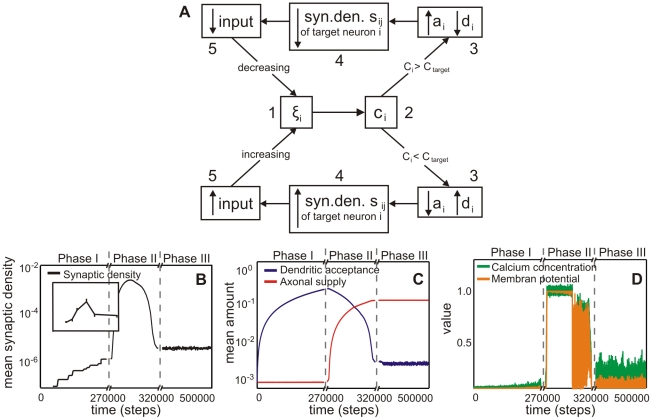Figure 4. The development of the model shows three different phases (Phase I, II and III).
(A) Box diagram of the model feedback loop. Variables are membrane potential  , calcium concentration
, calcium concentration  , axonal supply
, axonal supply  and dendritic acceptance
and dendritic acceptance  , and connectivity
, and connectivity  between dendrite
between dendrite  and axon
and axon  and the constant homeostatic value
and the constant homeostatic value  . The up and down arrows indicate if a variable is increased/decreased. For details see main text. (B) The mean synaptic density
. The up and down arrows indicate if a variable is increased/decreased. For details see main text. (B) The mean synaptic density  develops comparable to experimental findings in cell cultures (see inset from [24]). Note, time axis has been stretched in the middle. (C) Development of the average axonal supplies and dendritic acceptances. The network model passes through three different developmental phases: the first phase is characterized by a pronounced increase of the dendritic acceptance. During development, the network undergoes a transition (second phase) and finally it reaches a homeostatic equilibrium (third phase) with more axonal supplies than dendritic acceptances. (D) Network activity and calcium concentration change accordingly. At the beginning, activity rises slowly until a transition happens. During the transition, activity reaches its maximum and subsequently decreases to a homeostatic value.
develops comparable to experimental findings in cell cultures (see inset from [24]). Note, time axis has been stretched in the middle. (C) Development of the average axonal supplies and dendritic acceptances. The network model passes through three different developmental phases: the first phase is characterized by a pronounced increase of the dendritic acceptance. During development, the network undergoes a transition (second phase) and finally it reaches a homeostatic equilibrium (third phase) with more axonal supplies than dendritic acceptances. (D) Network activity and calcium concentration change accordingly. At the beginning, activity rises slowly until a transition happens. During the transition, activity reaches its maximum and subsequently decreases to a homeostatic value.

